Here are facts about the Mumbai Port, a key maritime gateway for India and one of the oldest ports in the country:
When you think of Mumbai, what comes to mind first? Maybe Bollywood, maybe the local trains, maybe the vada pav—but somewhere in the city’s rich and bustling history, there’s a giant player that often gets overlooked: the Mumbai Port. Yep, we’re talking about the gateway to India’s financial capital, the place that literally helped shape the destiny of one of the biggest cities in the world.
Mumbai Port isn’t just about cranes, ships, and cargo—it’s a living, breathing piece of history. From British colonial times to today’s modern shipping needs, this port has seen it all. So grab a chai and get ready, because we’re diving deep into the story of Mumbai Port—the OG connector of Mumbai to the world.
A Little Backstory: Where It All Began

Let’s rewind a bit. The roots of Mumbai Port go all the way back to the 17th century, when the British East India Company started developing Bombay (as it was known then) into a trading hub. Thanks to its natural deep-water harbour, the British realized Bombay had massive potential for trade.
By the mid-19th century, things got serious. With the rise of cotton trade, especially during the American Civil War (when the supply of cotton to Britain got disrupted), Mumbai Port became a hot spot. Ships came flooding in, bringing goods, people, and ideas. Soon, warehouses popped up, rail lines were connected, and Bombay started transforming from a sleepy fishing village to a bustling port city.
In 1873, the Mumbai Port Trust (now called Mumbai Port Authority) was officially formed to manage operations. From then on, there was no looking back.
Mumbai Port vs. Jawaharlal Nehru Port (Wait, There Are Two?)
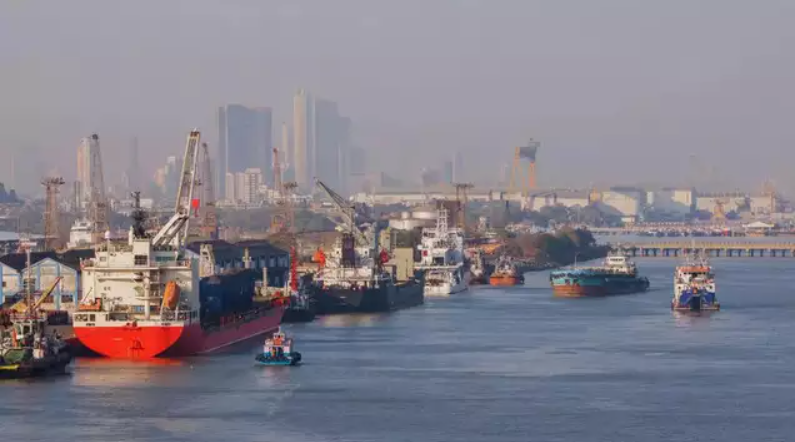
Okay, quick clarification. Many people get confused between Mumbai Port and JNPT (Jawaharlal Nehru Port). Yes, both are in the Mumbai region, but they’re totally different beasts.
- Mumbai Port is older, located on the eastern waterfront of the city. It mainly handles bulk cargo, like oil, coal, and fertilizers.
- JNPT, also known as Nhava Sheva, started operations in 1989 and is located across the bay. It handles most of the container traffic, making it the largest container port in India.
So, while JNPT might be the new kid with high-tech operations, Mumbai Port is like that wise old uncle who’s been running the show for over a century.
What Happens at Mumbai Port?
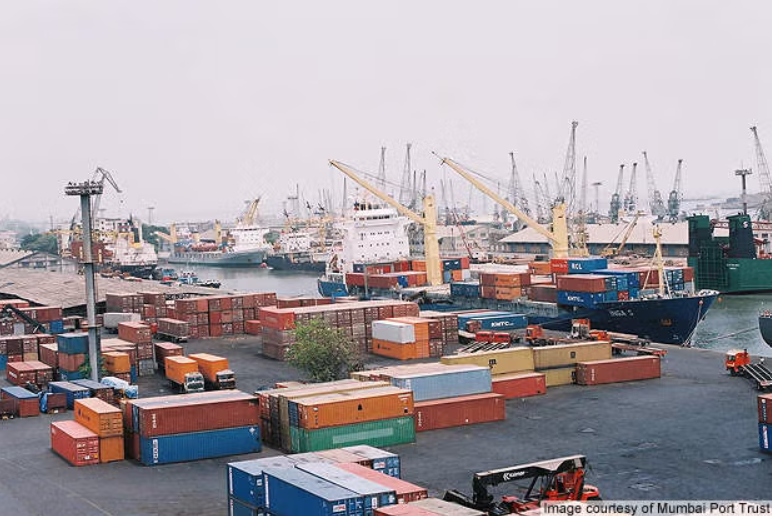
You might be thinking, “Cool history, but what actually goes on at the port?” Great question.
The Mumbai Port today handles a mix of bulk and break-bulk cargo—which means big stuff like:
- Crude oil and petroleum products
- Iron ore
- Coal
- Fertilizers
- Chemicals
- General cargo (like machinery, heavy equipment, vehicles)
It has three major docks—Prince’s Dock, Victoria Dock, and Indira Dock. Ships come in, cargo gets unloaded, and then it’s transported all over India via rail and road. It’s like a massive logistical dance happening every single day.
And get this—the port can handle ships that are over 280 meters long. That’s like stacking three football fields end to end!
Mumbai Port and the City’s DNA
Let’s not forget—Mumbai Port isn’t just about ships and steel. It’s deeply woven into the socio-economic fabric of the city.
For starters, it created jobs—lots of them. From dockworkers and engineers to truck drivers and administrative staff, thousands of Mumbaikars have depended on the port for their livelihoods.
Then there’s urban growth. Ever wondered why South Mumbai has those grand old buildings, narrow lanes, and colonial architecture? It’s because that’s where the port action was. The Fort area, Ballard Estate, Dockyard Road, Mazgaon—they all developed around the port. Even the railways in Mumbai owe a big thanks to the port because goods had to be transported fast, and trains were the answer.
And of course, immigration. The port welcomed people from across India—Gujaratis, Parsis, Tamils, Maharashtrians, Sindhis, and more—who came in search of opportunity. Mumbai became a true melting pot, and the port was the entry gate.
Cruise Ships, Tourism, and the New Face of the Port
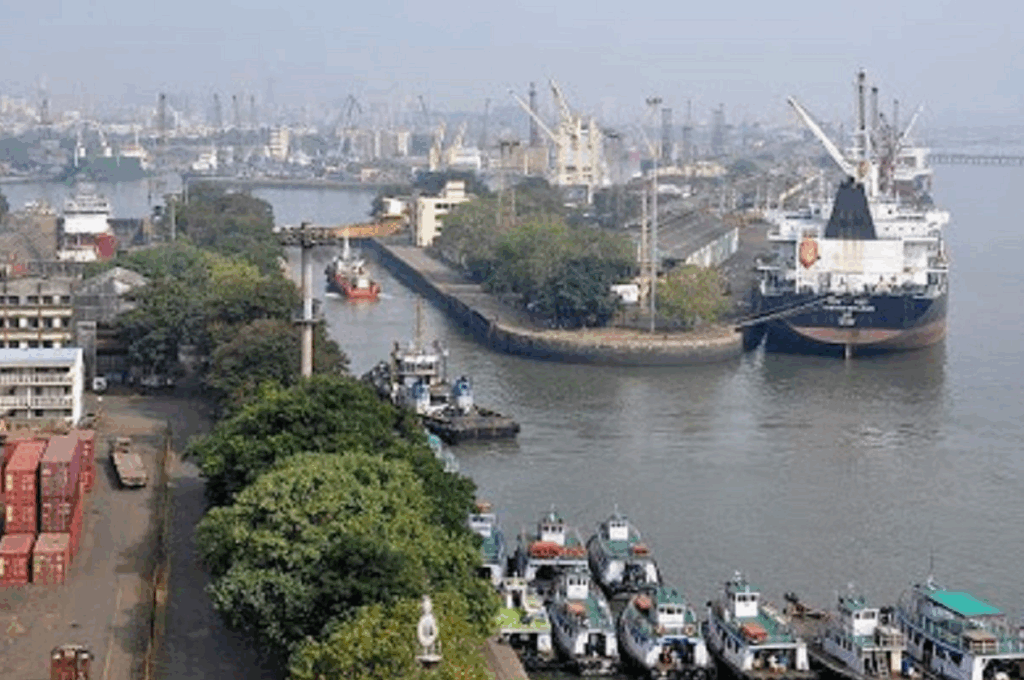
Now here’s the fun part. In recent years, Mumbai Port has been trying to reinvent itself. With cargo gradually shifting to JNPT, Mumbai Port is now exploring the world of tourism, cruises, and waterfront development.
Yes, you heard that right—Mumbai wants to be a cruise capital of India.
The International Cruise Terminal is under construction at Ballard Pier. When completed, it’s expected to handle over 1 million cruise passengers a year. Imagine hopping on a luxury ship from Mumbai and sailing off to Goa, Kochi, or even the Maldives. Not a bad way to start a vacation, right?
The port is also working on marinas, seafront promenades, and heritage walks, trying to make the waterfront more accessible to the public. The idea is to open up parts of the port for recreation and tourism. It’s like the city is reclaiming its coastline.
Challenges? Oh, Plenty.
Of course, it’s not all smooth sailing. Mumbai Port, being over a hundred years old, has some serious challenges:
- Congestion: The port is located in one of the most crowded parts of the city. Moving cargo in and out can be a logistical nightmare.
- Pollution: With oil and coal handling, there are environmental concerns. The port has to balance operations with sustainability.
- Space Constraints: Unlike JNPT, Mumbai Port can’t expand easily. It’s boxed in by urban development.
Still, the port authorities are working to modernize systems, digitize operations, and reduce emissions. The goal? Make it more efficient and eco-friendly without losing its old-world charm.
Fun Facts You Probably Didn’t Know
- The Gateway of India, Mumbai’s most iconic monument, was originally built to welcome King George V—but it also served as a ceremonial entry point to the port!
- Mumbai Port was bombed during World War II by a German ship disguised as a merchant vessel. Wild, right?
- The famous Ballard Estate commercial area was literally built on land reclaimed from the sea during port expansion.
Final Thoughts: The Heartbeat of the Bay
So there you have it—Mumbai Port, the silent giant that helped build a city. It may not be the flashiest attraction in town, but its impact is undeniable. From fueling trade and migration to inspiring architecture and culture, the port has been at the center of Mumbai’s transformation.
Next time you’re walking along Marine Drive, watching ships on the horizon, or catching a glimpse of cranes near Mazgaon, give a little nod to the old warrior that made it all possible.
Mumbai might be the city of dreams—but it’s the port that first let those dreams sail in. ⚓🚢




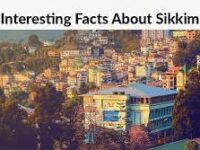
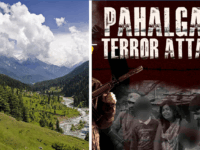
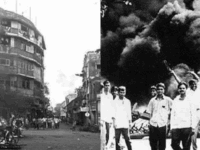
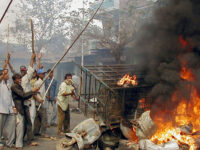


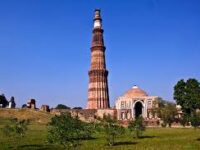
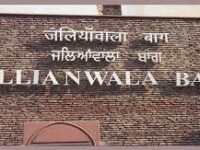

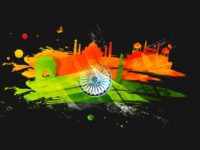









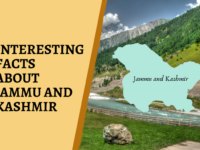
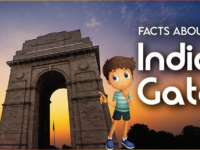

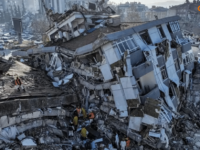

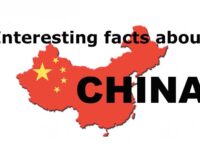
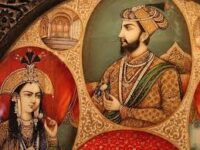










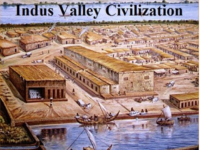

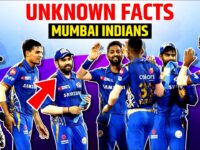
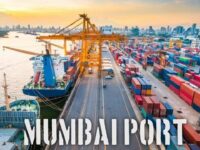








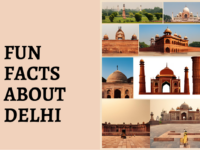

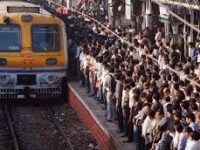
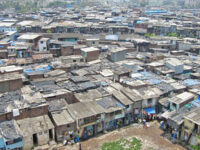

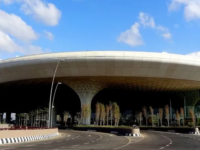







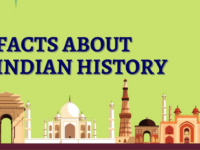
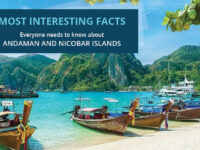
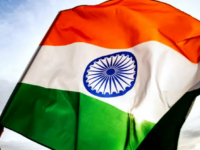
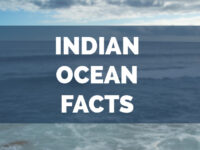

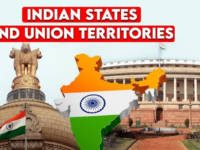


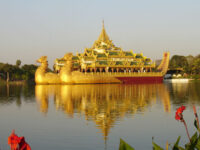

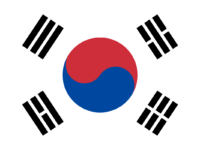

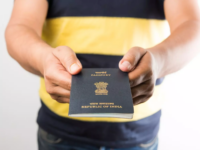



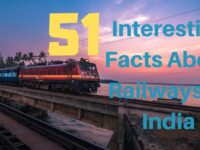


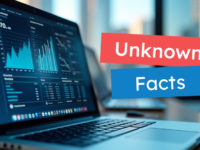

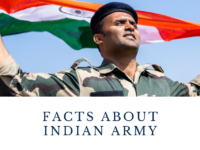
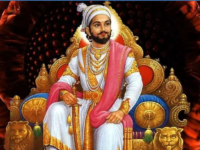









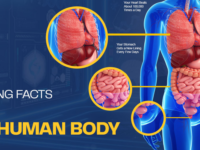
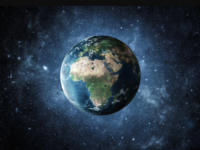
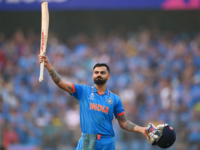


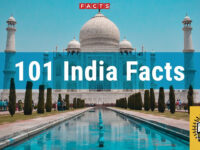
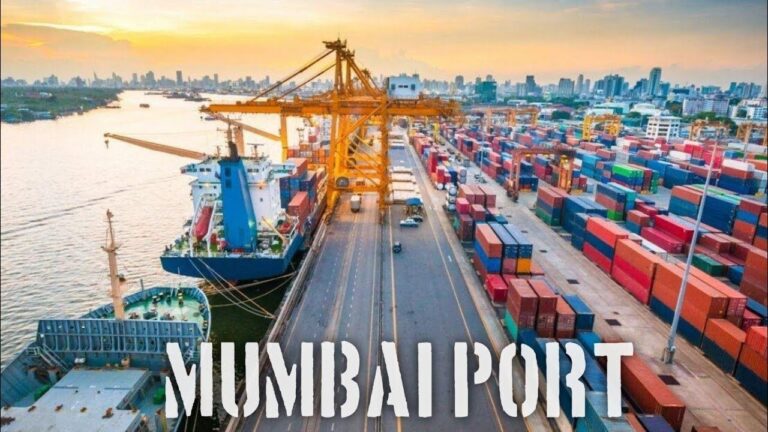
0 Comments